African elephant populations have stabilised in their southern heartlands after huge losses over the last century, according to the most comprehensive analysis of growth rates to date.
The latest analysis also provides the strongest data so far showing that protected areas that are connected to other places are far better than isolated “fortress” parks at maintaining stable populations, by allowing the elephants to migrate back and forth between areas as they did naturally in the past.
When numbers rise in highly protected core areas, corridors into less protected buffer areas allow the animals to disperse. They may also migrate if poaching increases or drought strikes. If numbers later fall in the core areas, or conditions improve, elephants can flow back again. However, many more people live in the buffer areas and the scientists said careful planning was crucial to minimise conflicts with the elephants, which can kill people and destroy crops.
In contrast to the connected areas, the scientists found that isolated parks, which keep animals in and people out, can lead to unsustainable population booms, and in turn sometimes mass deaths or culling.
“For decades, news from southern Africa was dominated by waves of poaching and other threats,” said Dr Robert Guldemond at the University of Pretoria, South Africa, and part of the study team. “But there’s been a lot of good work done that has basically turned the tide and that story has never really been told.”
Dr Ryan Huang, also at the University of Pretoria, said: “This is a good news story for a lot of elephants. We’re changing from just halting declines and to trying to achieve long term stability.”
Prof Stuart Pimm, of Duke University in the US, and also part of the team, said: “We need to protect elephants, but we also need to connect them. We have fragmented the world and we need to stitch it back together again.”
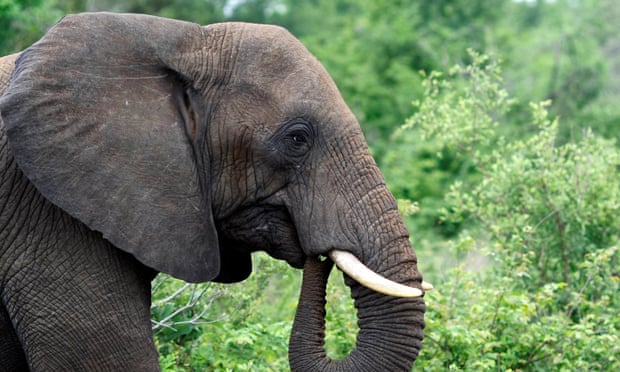
The research, published in Science Advances, used 713 population surveys from 103 protected areas from Tanzania southwards to calculate rates of growth or decline from 1995-2020. This covered more than 290,000 savannah elephants, 70% of the total in Africa.
The scientists found that overall, populations had grown at 0.16% a year for the past quarter of a century. “Conservation has halted the decline of elephants in southern Africa over the last 25 years,” said Pimm.
The most stable populations were mostly found in large, well-protected lands that were connected to buffer areas. Elephant populations in buffer areas were more likely to decline as a result of less suitable habitat or being killed, but they serve a useful function, said Pimm: “It is about trying to restore a sort of natural dynamic, and natural dynamics can be brutal.”
Isolated and highly protected parks recorded maximum growth rates in some cases and large population increases. But with nowhere to disperse to, dense populations can damage the habitat or force difficult and expensive relocations. Large culls have also been used in the past to control unsustainable numbers.
The mass death of 350 elephants in northern Botswana in 2020 may have resulted from the inability of the herd to migrate, said Huang. “It was probably caused by toxic algal blooms in the water and these elephants had no choice but to drink it,” he said. “The ability to move and disperse is what creates that kind of natural flexibility in these areas to allow a stable population.”
The researchers also found that some areas in southern Africa still suffered severe declines from poaching, such as south Tanzania, northern Zambia and Zimbabwe. Poaching in east and west Africa, not covered by the study, is also thought to be high.
Katherine Elliott, WWF’s senior programme adviser for Africa, said: “It is encouraging that southern savannah elephant populations have stabilised and is a testament to dedicated conservation efforts. However, several populations have experienced significant declines and we cannot be complacent.”
“Improved connections across landscapes are essential for elephants and other species,” she said. “Human activity is increasingly disrupting connectivity, including roads, fences, agriculture and mining. With increasing threats from the climate crisis, habitat connectivity is more important than ever so species can move away from places where conditions are becoming less favourable.”
Researchers have mapped potential connections between southern Africa’s elephant populations, but planning ways of reducing conflicts between people and elephants requires careful consideration of local factors and are still being worked out, said Guldemond:
“If you don’t take care of the people in the landscape, then it doesn’t matter what you try to do for elephants.” Savannah covers almost half of Africa and is home to half a billion people.
The total population of African elephants is estimated to be 415,000. There may have been more than 25 million roaming the plains centuries ago, but the expansion of human populations means such numbers will not be seen again.
What you can do
Help to save wildlife by donating as little as $1 – It only takes a minute.
This article by Damian Carrington was first published by The Guardian on 5 January 2024. Lead Image: A Savanna elephant in South Africa’s Kruger national park. Photograph: Jérôme Delay/AP.
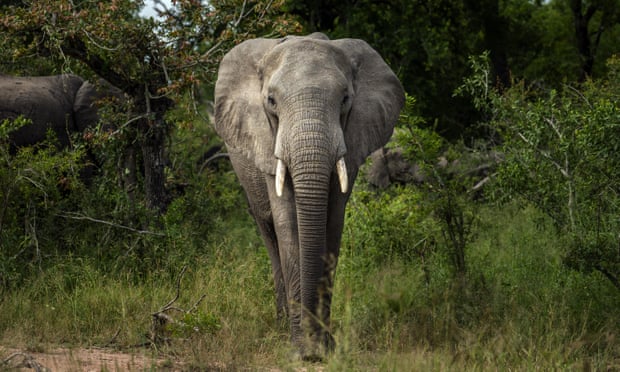

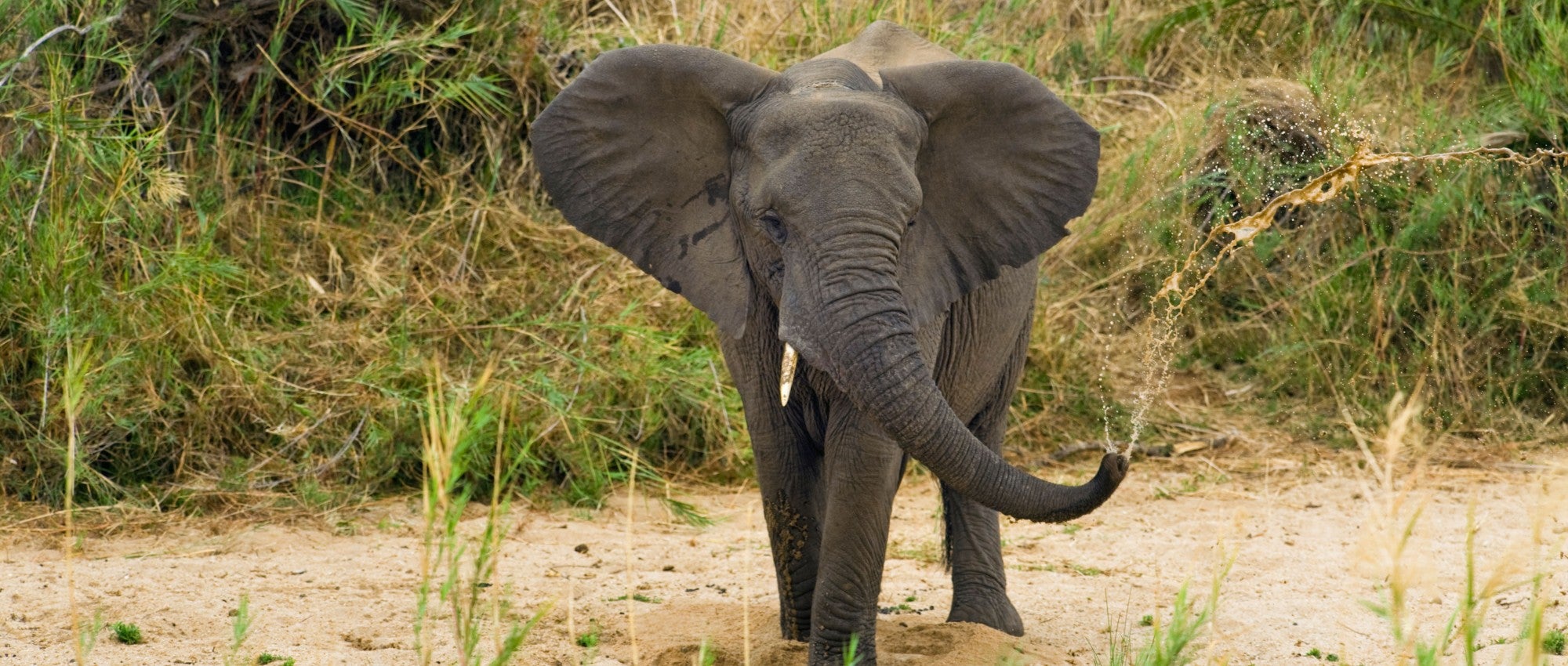
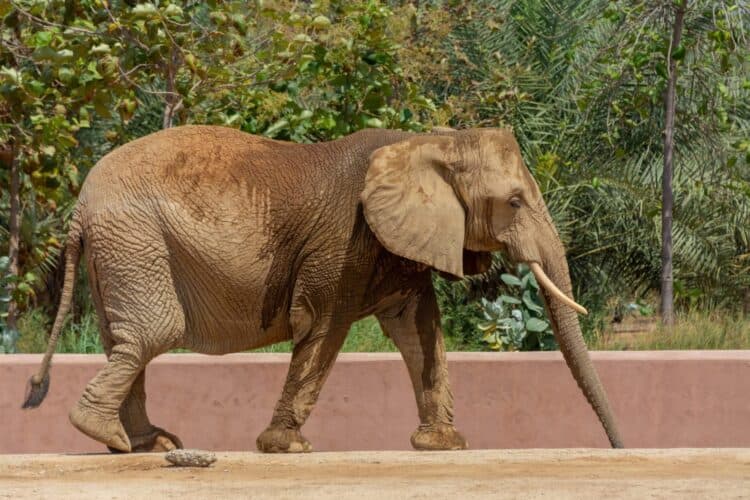

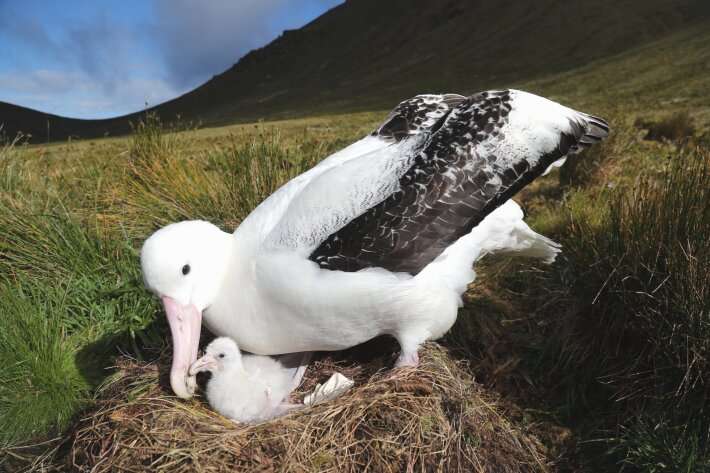
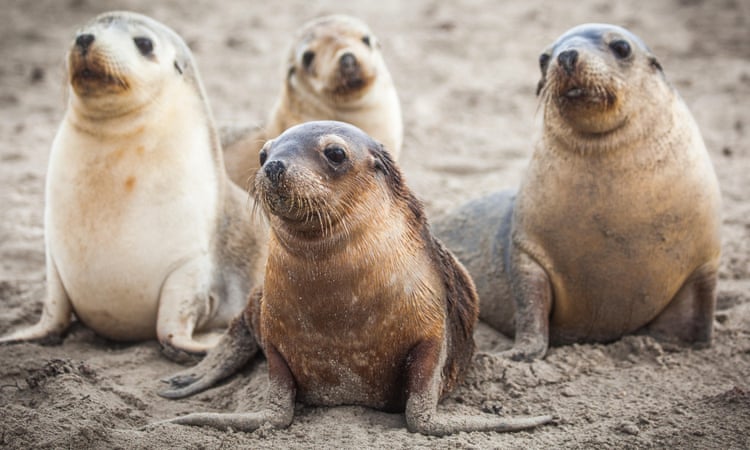
Leave a Reply